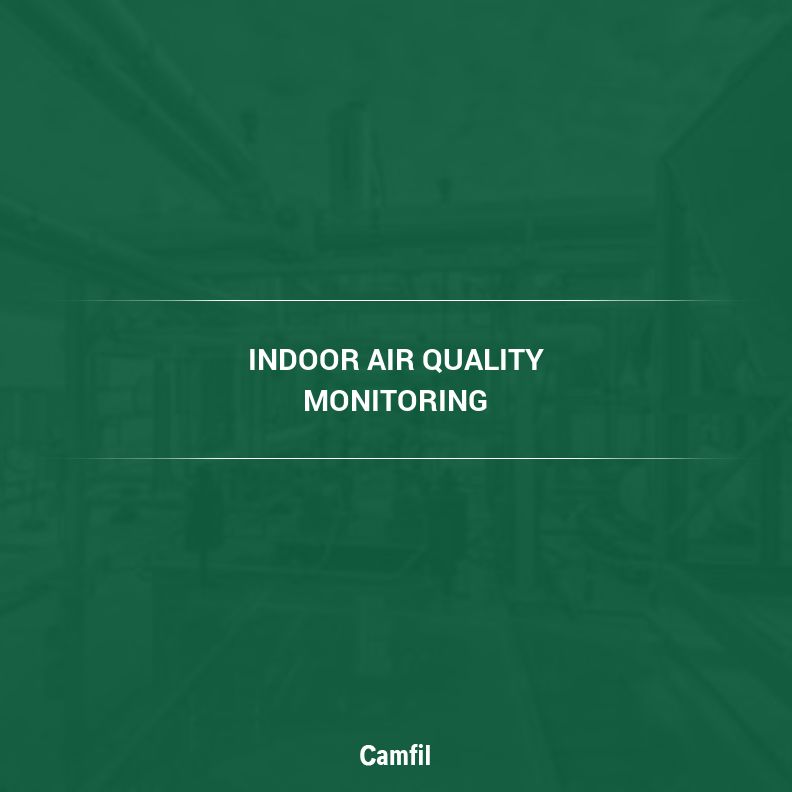Even the most advanced and carefully maintained HVAC systems are underutilized in their efforts to bring meaningful improvement to a building’s indoor air quality (IAQ) without careful, regular monitoring.
With the installation of real-time IAQ monitoring technology, building management systems can gain access to a wealth of actionable data that can be used to both record and respond to sudden changes in IAQ.
What Is IAQ Monitoring?

IAQ monitoring can come in many forms, but at its core, it is the ability to track both the efficiency of the HVAC system and the quality of the air that is moving through it. This means keeping track of conditions such as humidity, pressure drop, airflow rates, and composition.
Testing for both the presence and concentration of airborne contaminants is another essential role of IAQ monitoring, as it can have a direct and dramatic effect on human health.
The Importance of Indoor Air Quality Testing on the Commercial and Industrial Level
As companies across the globe are re-opening after months of inactivity due to various quarantine and stay-at-home orders, many operators are starting to consider more advanced air filtration systems with high-efficiency air filters as a way to combat the potential spread of COVID-19.
In addition to airborne pathogens, commercial and industrial IAQ is constantly threatened by other forms of air pollution, including carbon monoxide, lead dust, radon gas, and asbestos dust. Many of these pollutants come from inside the building, which is why it becomes the company’s responsibility to put adequate protection systems in place.
Three Ways Real-Time Indoor Air Quality Monitoring Can Improve a Commercial HVAC System

1. Better HVAC Sensors & Actuators – When facilities install real-time IAQ technology, one of the necessary upgrades to the system is the HVAC sensors and actuators, two components that work together to make operational adjustments based on received input.
2. Real-Time Reporting – The ability to trace temperature, humidity, pressure, and even airborne contaminants in real-time settings, allows building management systems (BMS) to be more agile, allowing for better forecasting and a more thorough integration.
3. More Effective, Efficient Maintenance – A BMS equipped with real-time IAQ monitoring is capable of predicting which components need maintenance prior to scheduled PM service or in need of early replacement. This reduces overall cost due to emergency situations that may arise.
Industrial Air Filter Specialist
While the importance of IAQ monitoring is becoming clearer to commercial and industrial operators around the world, the integration of real-time IAQ monitoring technology has only begun. However, like all new technology, there is a learning curve required to maximize its effectiveness. That’s why it’s important to work with an experienced HVAC professional, educated and trained in both equipment and filters, in order to get the correct products for your system.
About
Camfil is the world leader in air filtration and clean air solutions, with 30 production plants and R&D centers in the Americas, Europe, and the Asia-Pacific region. For more information, visit us online at www.camfil.us or call us toll-free at 888.599.6620.
Media Contact:
Lynne Laake
Camfil USA Air Filters
T: 888.599.6620
E: Lynne.Laake@camfil.com
F: Friend Camfil USA on Facebook
T: Follow Camfil USA on Twitter
Y: Watch Camfil Videos on YouTube
The post 3 Ways Real-Time Indoor Air Quality Monitoring Makes for a Better HVAC System appeared first on Air Filters for Clean Air.

